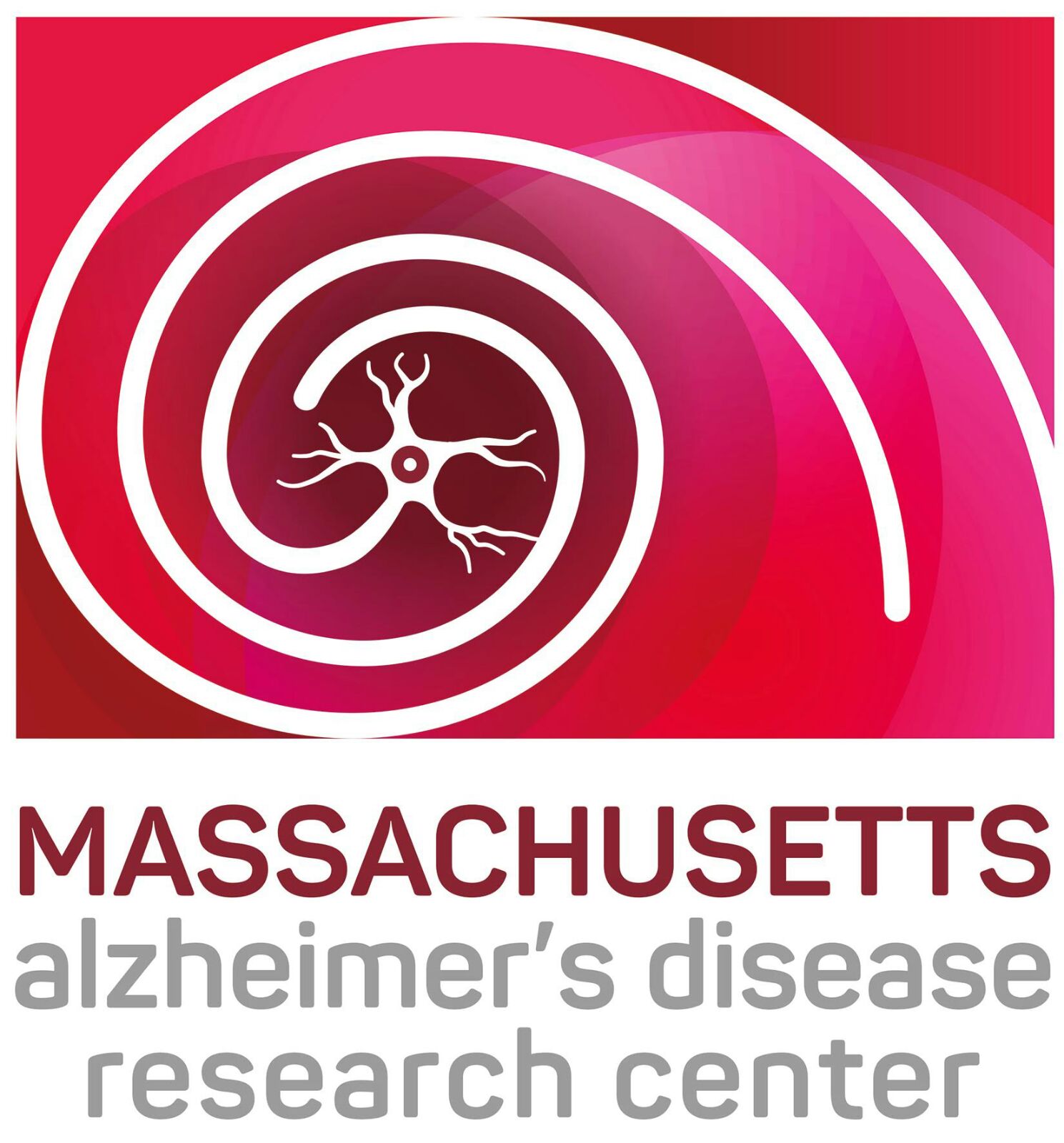In the past, using the terms “Alzheimer’s disease” and “dementia” interchangeably was a generally accepted practice. Now there is rising appreciation that a variety of diseases and disease processes contribute to dementia. This week on Dr. Greg Davis on Medicine the host talks with Dr. Pete Nelson, of the department of pathology and laboratory medicine at UK. He recently co-chaired an international workgroup that characterized another form of dementia, known as LATE.
According to Nina Silverberg, Ph.D., director of the Alzheimer’s Disease Centers Program at National Institute on Aging (NIA), part of NIH, in the past many of the people who enrolled in clinical trials for Alzheimer’s drugs likely did not have amyloid — the sticky substance that gums up neurons and interferes with thinking — in their brains.
“Recent research and clinical trials in Alzheimer’s disease have taught us two things: First, not all of the people we thought had Alzheimer’s have it; second, it is very important to understand the other contributors to dementia,” she said.
For years, members of the scientific community have noticed that a large number of people who died in advanced age had symptoms of dementia without the telltale signs of amyloid or another common culprit, tau, in their brains at autopsy. Emerging research seemed to indicate that the protein TDP-43 contributed to that phenomenon.
“More than 200 different viruses can cause the common cold,” said Dr. Peter Nelson of the Sanders-Brown Center on Aging at the University of Kentucky. “So why would we think there is just one cause of dementia?”
www.wuky.org/post/when-alzheimers-not-alzheimers-researchers-characteriz…
